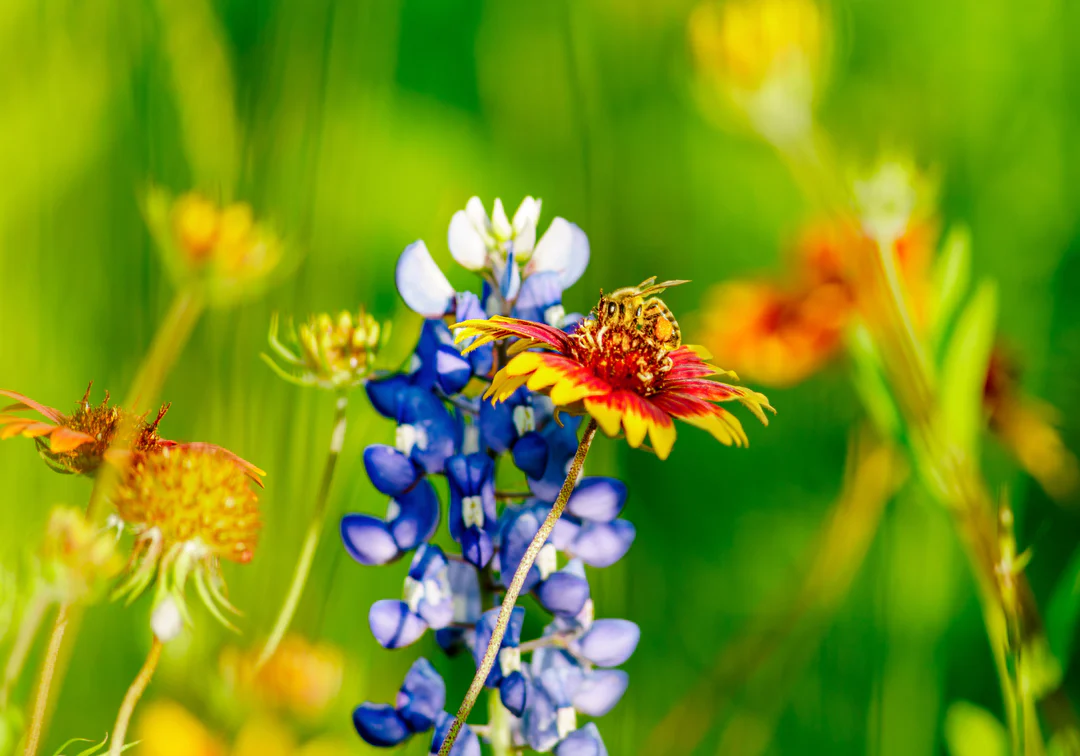Blanketflower
- Shipping Available
- In stock, ready to ship
- Backordered, shipping soon
Gaillardia aristata
The lovely bi-colored wildflower, reminiscent of a vibrant Indian blanket, blooms in cheerful shades of yellow, red, burgundy, and brown. This delightful plant is native to the Northern Rockies and thrives in colder climates, even more so than its cousin, the Indian Blanket. It’s a joy to grow and adds wonderful bursts of color throughout the season.
Meriwether Lewis was fortunate enough to collect the first specimen of this beautiful wildflower on July 7, 1806. The talented botanist Frederick Traugott Pursch later took an interest in this and other native treasures, creating a detailed catalog of the groundbreaking discoveries made during the famous expedition. The genus "Gaillardia" honors the 18th-century French botanist Gaillard de Charentonneau, while the common name "Blanket Flower" wonderfully reflects how these vibrant blossoms remind us of the intricate designs found in Native American weaving.
Height: 2’-3'
Spread: 1’-2'
Bloom: April-November
Light: Full Sun
Water: Low
Zone: 3, 4, 5, 6, 7, 8
Origin: Texas, North America
Spring Shipping:
Orders are shipped within 7-10 business days. We will email you if there are expected delays.
When you order plants from our nursery, you can expect them to arrive in the best possible condition. Our team carefully packs each order using sturdy, biodegradable packaging materials.
Your plants' appearance may vary depending on the season and their current growth stage. We may cut back the leafy growth of some plants to prepare them for shipment and transplanting.
5 Gallon and Up: Any plant purchased to ship over 5 Gallons will be shipped bare root. This means we will remove the plant from its original pot, remove the soil surrounding the roots, and wrap the roots with a biodegradable plastic bag. This reduces weight and the likelihood of damage during shipping.
Once your plants arrive, it is essential to plant them as soon as possible. This will help them rebound and thrive. If you cannot plant immediately, water regularly and keep the roots off heat-conducting surfaces.
Newly transplanted plants often require more water until their roots are well established. Plan to water them 1-3 times weekly for the first few months.

















